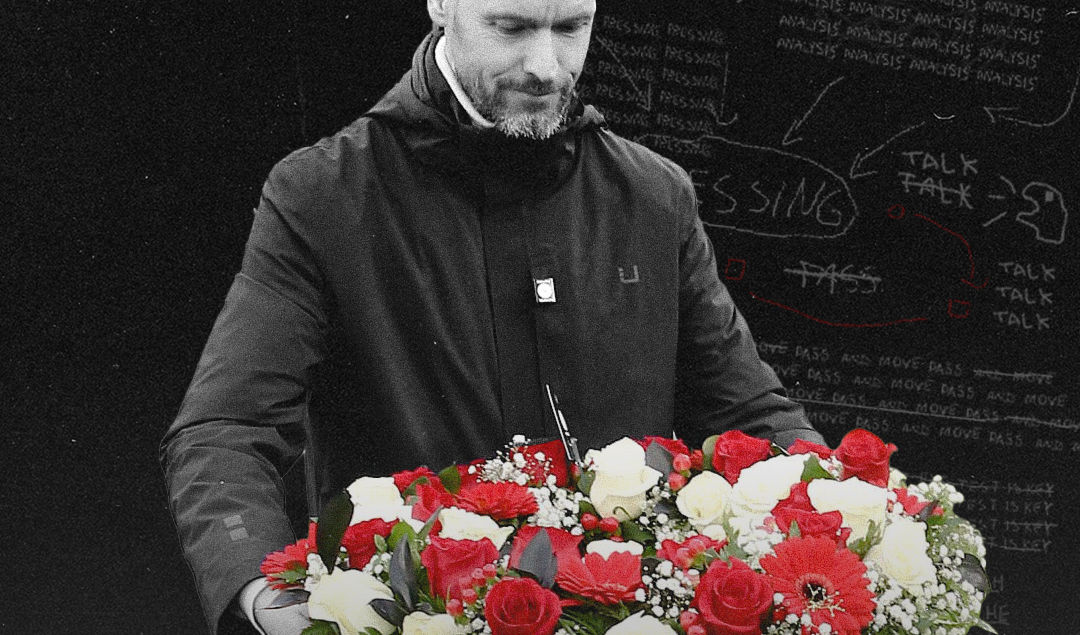Four Disasters That Shaped European Football
Today, Italian football is inherently connected to the likes of Juventus, AC Milan or Inter, but one team that could have been alongside is Torino. Nowadays they are firmly in the shadow of their next door neighbors, but after World War Two they fielded a team that won 5 consecutive championships. La Grande Torino, as they were called, tragically met their end in the Superga Air disaster.
In 1949, the airplane that carried the team back from a friendly against Benfica crashed into the retaining wall at the back of the Basilica of Superga, which stands on a hill on the outskirts of Turin. This horrible event did not only wipe out the Torino team, but much of the Italy national team, influencing international football as well. Without this disaster, another team from Torino might have been the most decorated team in Italy.
A perhaps more well known air disaster was the one involving Manchester United, which happened in 1958 in Munich. Their flight crashed on its third attempt to take off from a slush-covered runway, ending the lives of many of the original Busby Babes.
The team that had won three consecutive league titles and reached two consecutive European Cup semifinals would not recover for another ten years. The crash impacted the England national team as well. Luckily for Manchester United Busby stayed on as manager and built a new generation of players that cemented the club’s place at the pinnacle of European football.
How a Japanese Electronics Company Influenced the Winner of the Ballon d’Or
Our next two inclusions are linked to Liverpool, with the club and their fans being involved in the Heysel and Hillsborough stadium disasters. Whilst Heysel can be seen as the tragic conclusion of football hooliganism in Europe, Hillsborough, despite the abhorrent reporting on the issue, was truly an unfortunate incident.
The first disaster led to the banning of English clubs form European competitions from 1985 to 1991. In the last ten years only one non English team had won the European Cup, and English club football was at the pinnacle of its power. The ban had the effect of many prominent English players moving abroad, especially to Serie A. This can be seen as one of the reasons why Serie A was the most star studded league in the world during the 90s.
The second disaster brought about the Taylor Report, which prompted a reshuffle in the way stadiums were planned and football fans were controlled. This arguably brought about a less violent era of football, removing the scruffy image of hooligans watching their team in old, decrepit non-seater stadiums. This polished image of football in England can be seen as one of the reasons for the investment and attention that the Premier League has been receiving.
By: Eduard Holdis / @He_Ftbl
Featured Image: @GabFoligno / Matthew Peters – Man United
